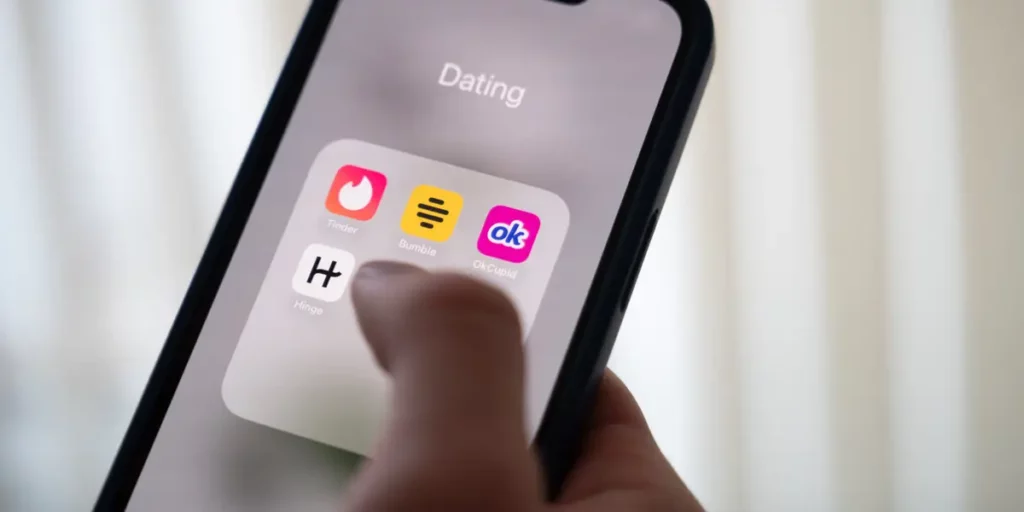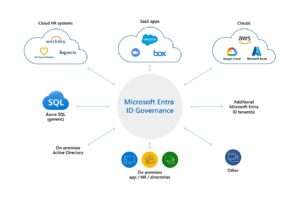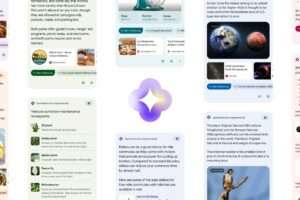The landscape of online dating appears to be shifting dramatically as industry leaders Match Group and Bumble grapple with declining user engagement and tumbling stock prices, signaling potential opportunities for innovative dating startups to reshape the $5 billion industry.
Match Group, the parent company of popular dating app Tinder, experienced a substantial market setback as its shares plummeted more than 18% following concerning third-quarter results. The company reported a 4% decline in Tinder’s paying user base, which dropped to 9.9 million compared to the same period last year. Adding to investor concerns, Match Group projected further declines in paying users for the upcoming fourth quarter.
This market turbulence isn’t isolated to Match Group. Rival company Bumble Inc. is facing its own challenges, despite reporting a 10% growth in paying users to 2.9 million on its flagship app. The company’s revenue remained essentially stagnant, showing a marginal decrease of 0.7% to $274 million year-over-year. More concerning for investors, Bumble reported a 10% drop in average spending per user, even with premium subscription tiers ranging from $59.99 to $79.99 monthly. The company’s stock performance has been particularly disappointing, with shares down 45% year-to-date, while Match shares have declined more than 16% during the same period.
These financial headwinds mirror a broader phenomenon dubbed “swipe fatigue” that has been growing among dating app users. A recent Forbes Health survey revealed a striking statistic: 78% of Americans across all generations reported feeling “emotionally, mentally, or physically exhausted” by their experiences with popular dating apps like Tinder, Hinge, and Bumble. This widespread dissatisfaction with the traditional swipe-based dating model has created an opening for innovative startups looking to disrupt the industry’s status quo.
In response to these challenges, established dating platforms are implementing various strategies to maintain their market position and address user concerns. Hinge, owned by Match Group, has emerged as a bright spot in the company’s portfolio, reporting impressive 36% year-over-year revenue growth in the third quarter. However, the app has yet to achieve the scale of its sister platform Tinder. Hinge recently introduced features limiting simultaneous match conversations to combat the problem of unanswered messages and encourage more meaningful connections. Early indicators suggest this approach is successfully improving response rates among users.
Bumble is taking an even more dramatic approach to reinvention. The company’s recent $17 million acquisition of Geneva, a group chat app for niche communities, signals its ambition to evolve beyond traditional dating services. Bumble founder and chair Whitney Wolfe Herd has explicitly stated that the platform “will not be a dating app in a few years” but rather a broader platform for “human connection.” This strategic pivot is further emphasized by CEO Lidiane Jones, who has announced plans to “reimagine” the Bumble app for the next generation of online-to-real-world connections, with significant product releases planned for 2025.
The current market instability has created an opportunity for innovative startups to challenge the established players. New entrants are exploring diverse approaches to modern dating, from Fourplay’s focus on double dating experiences to First Round’s On Me’s emphasis on date planning within the app. Some startups, like Sitch, are even experimenting with AI-powered matchmaking. Perhaps most notably, several new companies are moving away from the app-based model entirely, organizing in-person events to facilitate face-to-face connections without the digital intermediary.
The shifting dynamics in the dating app industry reflect broader changes in how people approach online relationships and digital social connections. As traditional swipe-based models show signs of fatigue, both established players and newcomers are being forced to innovate. Bumble’s evolution towards a more comprehensive social platform and Hinge’s focus on meaningful connections suggest that the future of digital dating may look very different from the simple swipe-right model that dominated the past decade.
For investors and industry observers, the current market volatility raises important questions about the long-term viability of traditional dating app business models. While the industry remains substantial at $5 billion, the combination of user fatigue, declining engagement metrics, and emerging competition from innovative startups suggests that the sector may be approaching a significant inflection point.
As influencer Serena Kerrigan, who launched her own dating service on Instagram, boldly stated, “I want to scare the shit out of Hinge and Bumble — all of them. I want to really disrupt the space.” With established players showing signs of vulnerability and users increasingly open to new approaches to digital dating, the industry appears ripe for disruption. The success of these emerging alternatives could reshape how future generations approach online dating and relationship formation.
















Add Comment